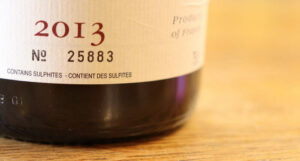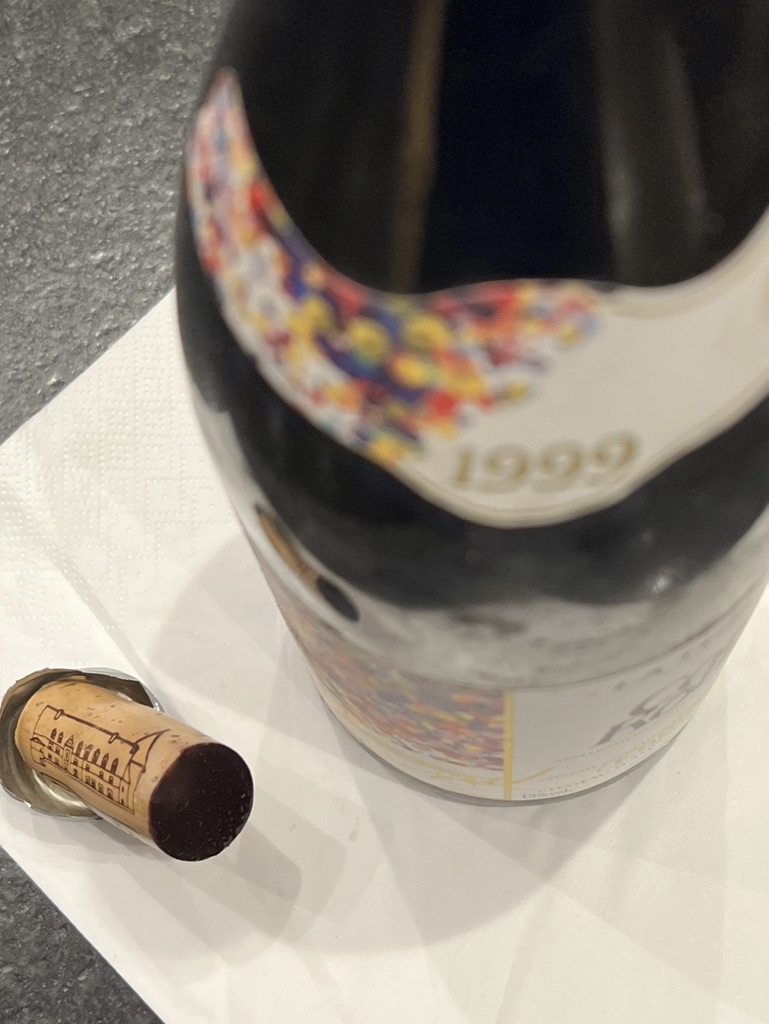Summer is here! As the heat intensifies, your wine bottles will quickly begin to suffer if not stored properly. Sudden rises in temperatures will interrupt their sleep, causing irreversible effects on the liquid inside.
The Science of Spoilage
What happens chimically when a wine is subjected to heat?
High and fluctuating storage temperatures accelerate the ageing process of wines over time. As temperatures rise, the Sulphur Dioxide (SO2) added to a wine for stabilisation and preservation dissipates, leaving the liquid vulnerable to molecular change. Even at slightly elevated temperatures (around 18°C), the loss of SO2 can distort aromas as well as encourage the formation of acetic acid (the main component in vinegar). At temperatures of 25°C or above, damage to wine stored in such conditions is almost inevitable and irreversible. The higher the temperature, the faster the wine will spoil.
Sunlight and humidity also affect the ageing process over time. UV rays can distort the natural aromas of a wine when exposed to strong sunlight for just a few hours, while if humidity is too low, the cork in a bottle will dry out and shrink, leaving space for oxygen to enter.
The chemical make-up of wines – alcohol, acidity, tannins, residual sugars, phenolics etc – emphasises the importance of optimal storage conditions (12°C and 75% humidity, in the dark) to maintain aromas, and allow the alchemy of ageing process to work its magic naturally.

Detecting damage
How to recognise wines that have been exposed to heat?
Sadly, this is not an exact science, and most bottles damaged by heat will show little to no signs (until opened and tasted). However, there are some sure signs to look out for which confirm heat damage:
1. Cork protrusion: Heat exposure causes the liquid and gas inside the bottle to expand, as its particles begin to separate. This generates pressure that pushes the cork upwards, out of the neck of the bottle.
2. Haze: White wines sometimes lose their clarity through denaturation of proteins in the liquid if exposed to heat. In red wine, this transpires in the form of excess sediment.
3. Coulure: When the cork “sticks” as you try to open the bottle. Extreme heat and insufficient humidity will dry out the cork in the medium term, letting air in and oxidising the wine.
Science aside, there are few experiences more disappointing than opening a bottle of wine to find it is too damaged to enjoy. This is 1275’s primary driver for the obsessive care we take in sourcing, transporting, and storing wines. The cork of a bottle that has been preserved perfectly should be completely clean, with wine stain only at the tip of one end, like an ink stamp.
It’s going to be another hot summer, so if you have bottles of wine at home, please look after them!

